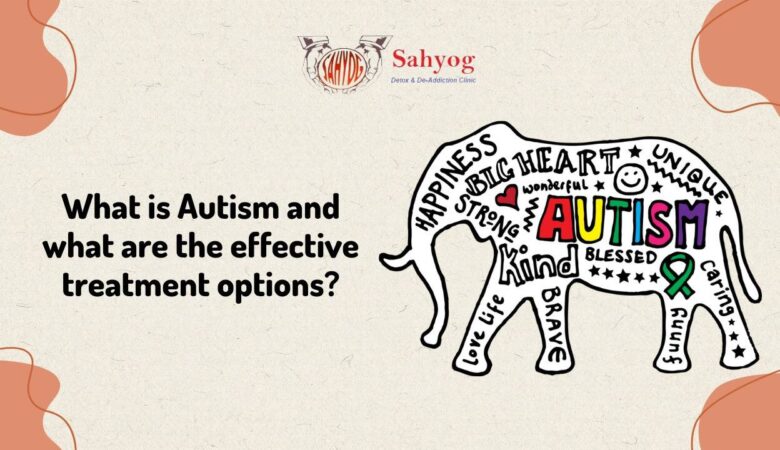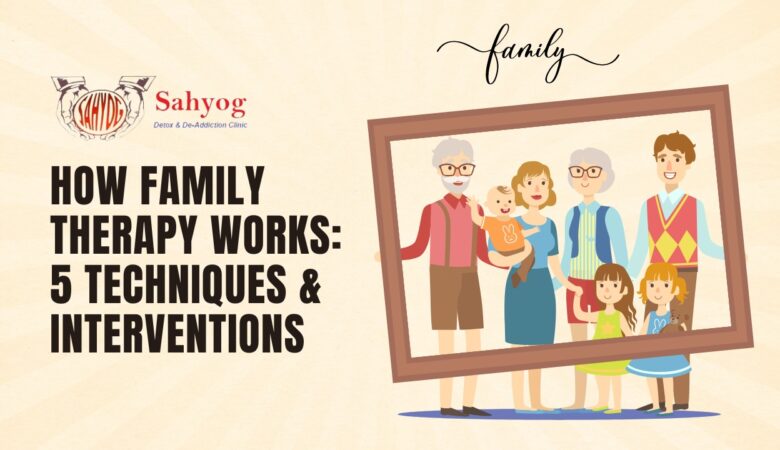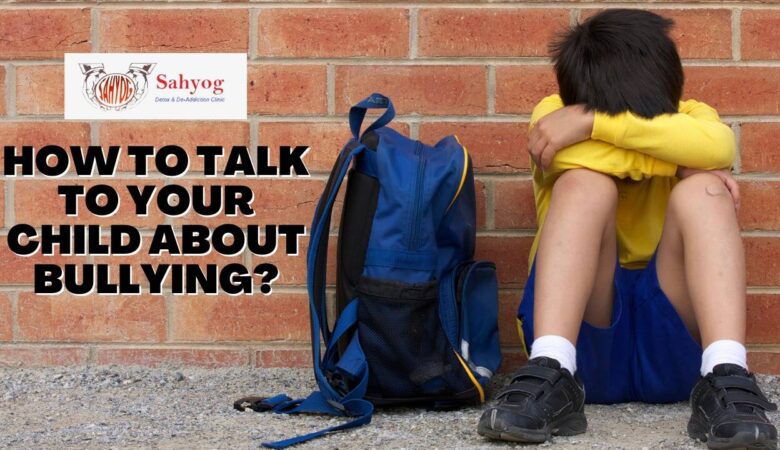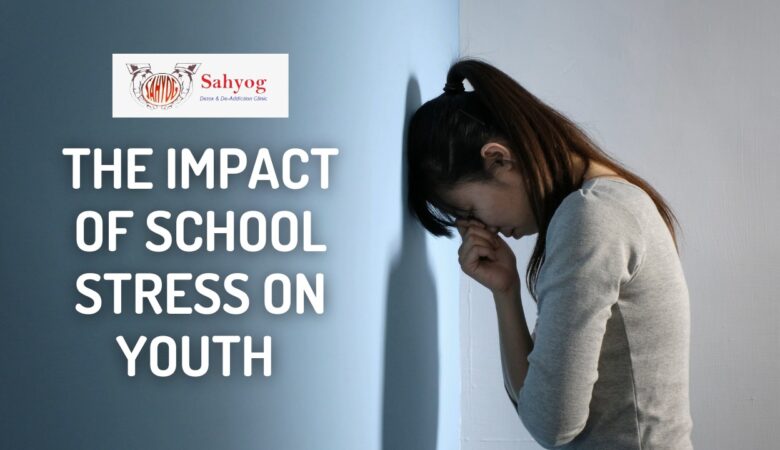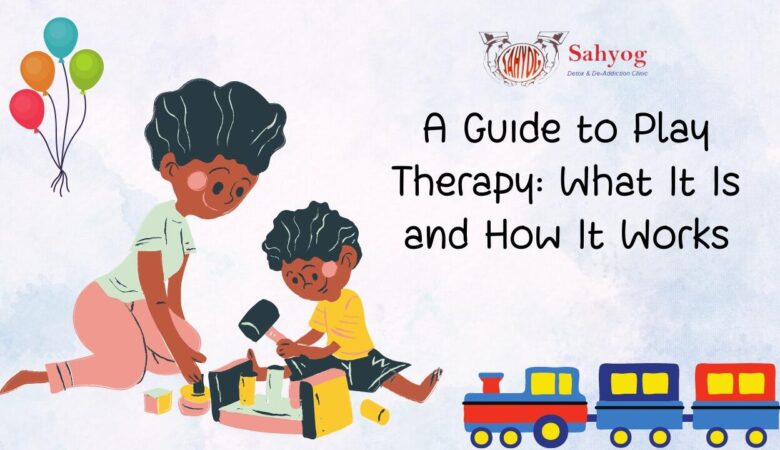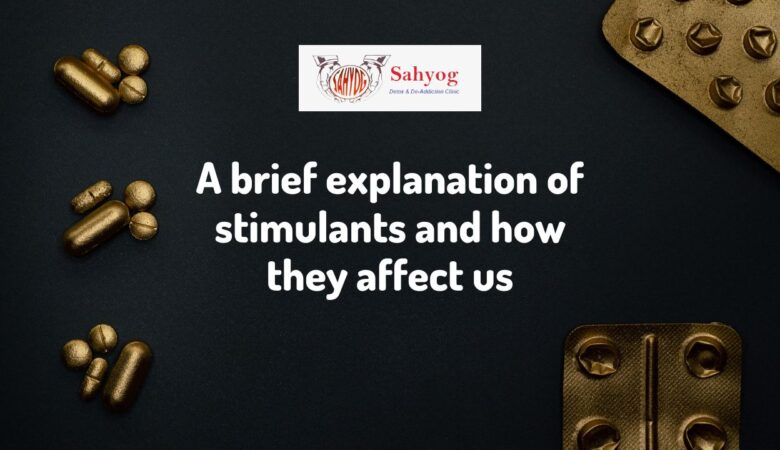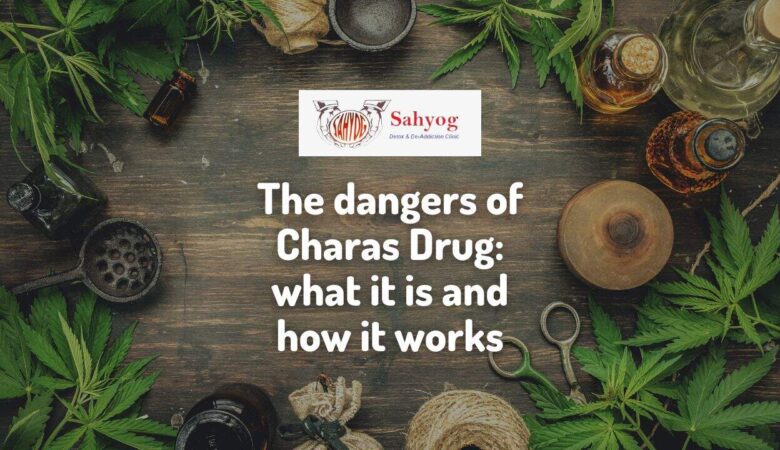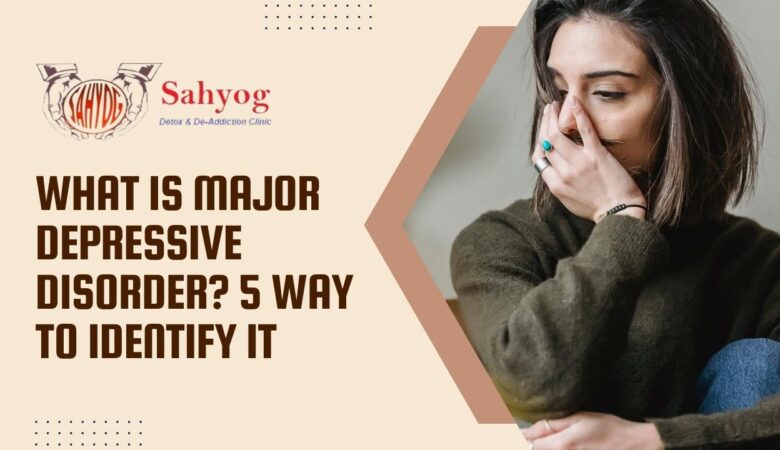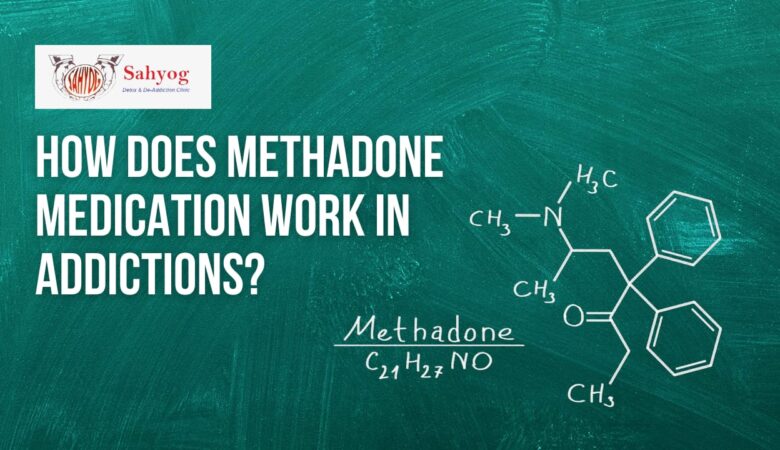What is Autism and what are the effective treatment options?
Introduction Autism spectrum disorder (ASD) is a developmental disorder that affects a person’s ability to communicate and interact with others properly. It is a “spectrum” because there is a wide range in the type and severity of symptoms people experience. ASD can be diagnosed as early as 18 months old, but most cases are diagnosed around 4 years old. For children diagnosed with ASD, early diagnosis and intervention are necessary because they can improve the children’s communication, social, and behavioural skills. However, there is no one-size-fits-all treatment for ASD and what works for one person may not work for another. That’s why it’s important to work with a team of professionals to create a custom treatment plan that meets your specific needs. In this blog post, we will explore the different types of autism, effective treatment options, and resources for families dealing with ASD. What is autism? Autism is a mental issue, present from early childhood, characterised by great difficulty in communicating and interacting with other people. It is a spectrum disorder because of the wide variation in the type and severity of symptoms. Some people with autism are mildly impaired while others are severely disabled. The primary features of the disorder involve problems in social interaction, communication, and repetitive behaviours. People with autism often have difficulty understanding or responding to emotions (such as fear, anger, and happiness) in other people. They may also have trouble using or understanding nonverbal communication ( such as facial expressions, body postures, and gestures). People may be very withdrawn and prefer to be alone rather than interact with others. They may have repetitive behaviours (such as hand flapping, spinning, or rocking) or rigid interests (such as memorising train schedules). Many people with this disorder also have sensory processing issues; they may be over-sensitive to sound, touch, taste, smell, or light. There is no one cause of autism as it is believed to be caused by genetic or environmental factors or even a combination of both. There is no medical cure for this disease. However, there are a variety of behavioural and educational interventions that can help children with autism develop skills and improve functioning. Early diagnosis and intervention are important for the best outcome. Causes of autism The most common cause of autism is believed to be genetic. However, the specific genes that are responsible for the disorder have not yet been identified. Apart from genetic factors, environmental factors can also help promote the development of autism. For instance, exposure to certain chemicals or viruses during pregnancy has been linked to an increased risk of autism. Additionally, the disorder may be associated with medical conditions such as fragile X syndrome or tuberous sclerosis complex. Treatment for autism typically focuses on improving communication and social skills, as well as reducing repetitive behaviour. A variety of behavioural therapies, educational interventions, and medication may be used to achieve these goals. Symptoms of autism The symptoms of autism can vary greatly, depending on the individual. Some common symptoms include: Difficulty with social communication and interaction. This can include problems with back-and-forth conversations, nonverbal communication such as eye gaze or facial expressions, and understanding and responding to the emotions of others. Repetitive behaviours or interests. This can include repetitive motor behaviours such as hand flapping or spinning, repetitive use of language or phrases, fixated interests in certain topics, and intense preoccupation with certain objects. Sensory processing differences. This can include oversensitivity or under sensitivity to certain sights, sounds, textures, tastes, smells, or lights. If your child is showing any of these symptoms, it’s important to talk to your doctor. Autism is a complex condition and there is no one-size-fits-all approach to treatment. However, there are many effective treatment options available that can help your child develop skills and improve functioning. Risk factors of autism There are numerous risk factors for autism, many of which are unknown. However, some known risk factors include: Having a family member with autism Being born prematurely Holding certain medical conditions like fragile X syndrome, tuberous sclerosis, or the Rett syndrome Certain environmental factors may also increase the risk of autism, although the exact mechanisms are not yet understood. These include: Pesticide exposure Maternal viral infection during pregnancy Maternal immune system dysfunction during pregnancy Different types of autism There are different types of autism, each with its own set of symptoms and severity. The most common type is autistic disorder, also known as classic autism. This is the form of autism that is most often portrayed in the media. Other types include Asperger’s syndrome, Rett syndrome, and childhood disintegrative disorder. Autistic Disorder: Autistic disorder is characterised by impaired social interaction, problems with verbal and nonverbal communication, and repetitive behaviours. Individuals with this form of autism may also have an intellectual disability. Asperger’s syndrome: Asperger’s syndrome is similar to autistic disorder but generally does not involve intellectual disability or delays in language development. Rett syndrome: Rett syndrome almost exclusively affects girls and is characterised by normal early development followed by a period of regression in which social and communication skills are lost. Childhood disintegrative disorder: Childhood disintegrative disorder is similar to Rett syndrome but occurs later in childhood and affects both boys and girls. The severity of symptoms varies from person to person with all types of autism. Some people with mild symptoms may be able to lead relatively normal lives while others with more severe symptoms may require lifelong care and assistance. There is no one-size-fits-all approach to treatment but there are many effective options available depending on the individual’s needs. These include behaviour therapy, speech therapy, occupational therapy, medication, and educational interventions. How is autism treated? While there is no one-size-fits-all answer to this question, however, the most effective treatment will vary depending on the individual. There are many different treatment options available that can be effective in managing autism symptoms and helping individuals to lead happy and successful lives. Some common treatment options for autism include: Behaviour therapy: Behaviour therapy is a
